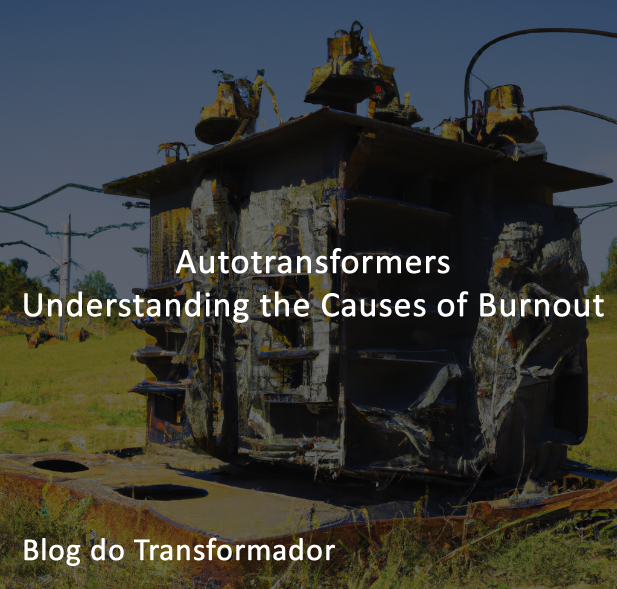An electric autotransformer is a type of transformer that allows for voltage adjustment and power distribution. They are commonly used in industrial and commercial settings to regulate the voltage levels of incoming power. However, due to their complexity and the high voltages they handle, it is important to understand the main reasons for burnout in electric autotransformers, as well as the importance of a good electric autotransformer project.
One of the most common causes of burnout in electric autotransformers is overloading. When a transformer is operated at a load level beyond its capacity, it can lead to overheating and burnout. This is why it is crucial to ensure that the transformer is properly sized for the intended application and to monitor the load levels to prevent overloading.
Short-circuiting is another common cause of burnout in electric autotransformers. When a short circuit occurs, a large current flow can damage the transformer. To prevent short-circuiting, it is important to properly maintain and inspect the transformer’s components, and to have protective devices in place to detect and interrupt any short circuits.
Insulation failure is another potential cause of burnout in electric autotransformers. If the insulation of the transformer deteriorates or fails, electrical arcing can occur, which can cause burnout. To prevent insulation failure, it is important to regularly inspect and test the transformer’s insulation, and to replace any damaged or worn components.
Aging is another factor that can lead to burnout in electric autotransformers. Over time, the transformer’s components may degrade, leading to increased resistance and decreased capacity. To prevent aging-related burnout, it is important to schedule regular maintenance and inspections, and to replace any worn or outdated components.
Improper maintenance and cleaning can also cause burnout in electric autotransformers. Accumulation of dirt, dust, and other debris can increase the risk of burnout. To prevent this, it is important to schedule regular cleaning and maintenance to ensure that the transformer is free from debris and that its components are in good working condition.
External factors such as lightning strikes and voltage transients can also cause damage to electric autotransformers, leading to burnout. To prevent this, it is important to have proper protection in place such as lightning arrestors and surge protection devices. In conclusion, burnout in electric autotransformers can occur due to a variety of factors including overloading, short-circuiting, insulation failure, aging, improper maintenance, and external factors. To prevent burnout and ensure a good electric autotransformer project, it is important to properly size the transformer, maintain and inspect its components, and protect it against external factors. Regular maintenance and inspections, as well as replacing any worn or outdated components, can also help to prevent burnout.
In the ILTECH INNOVATIVE TRANSFORMERS we help customers around the world with the right project for specific requirements and software for the most variety of electric transformers projects. To know more you can visit SISRECWEB.
